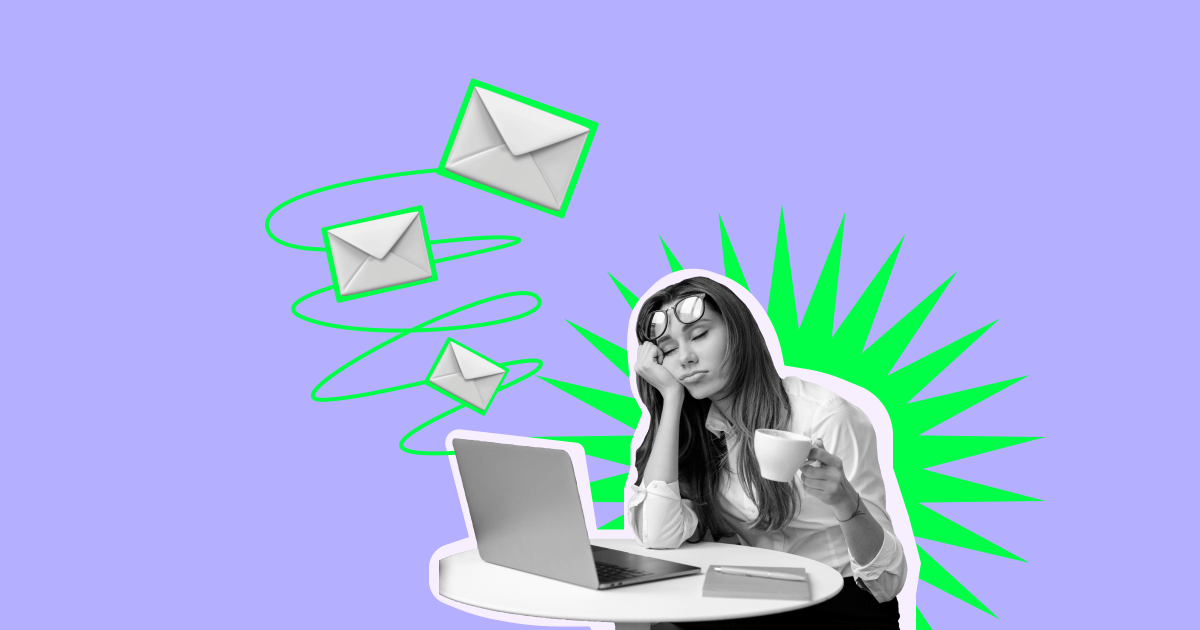What is email fatigue?
Email fatigue refers to feeling overwhelmed or exhausted by the sheer number of emails a person receives. This is a common occurrence, when people often receive a large number of emails every day.
Factors contributing to email fatigue include:
Information overload: The constant checking of emails leads to information overload, which makes it difficult for people to keep track of genuinely important messages and prioritize them.
Repetitive content: Multiple emails with similar or repetitive content, such as newsletters, advertisements, or notifications, can contribute to a sense of monotony and disinterest.
Fear of missing important information: The fear of missing crucial information buried in the email may drive individuals to check their emails more frequently.
Time pressure: Managing emails, viewing each message and responding to it takes a lot of time, distracting from other tasks and responsibilities.
Work-life imbalance: Constant email notifications, especially after hours, can disrupt the work-life balance, causing stress and anxiety.
Spam: Irrelevant emails in the mailbox lead to frustration and reduce the overall effectiveness of email communication.




























